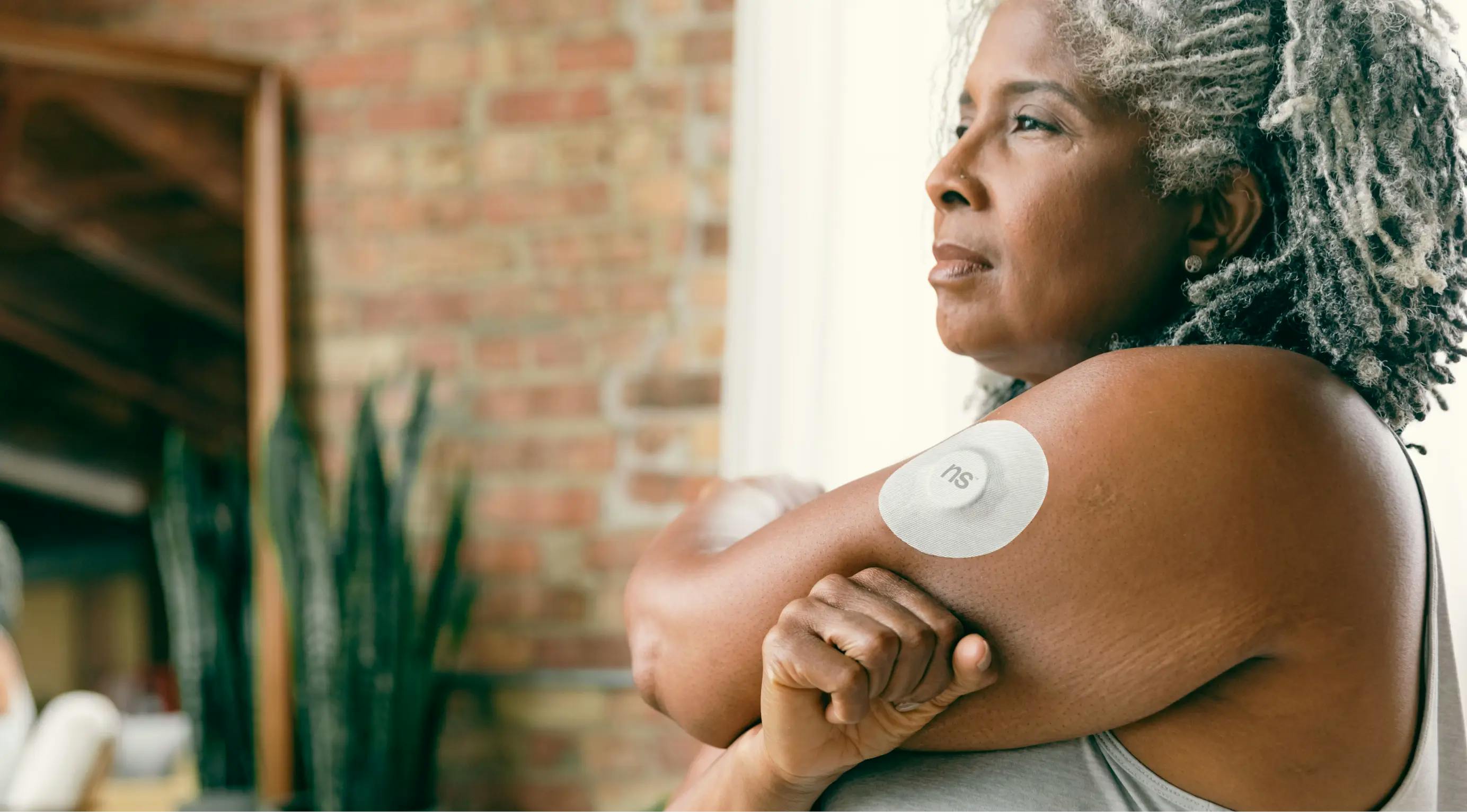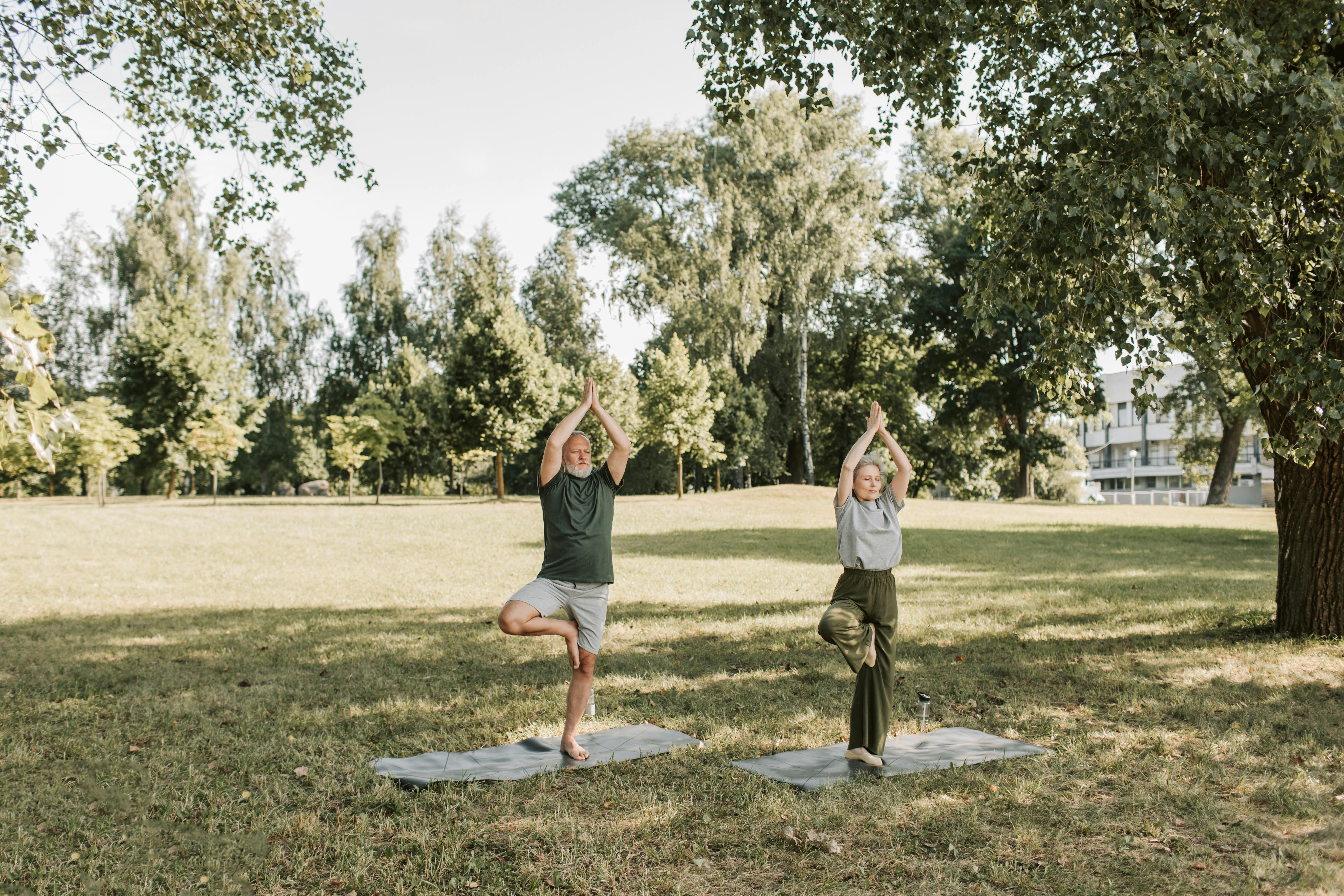Demystifying the Menstrual Cycle: Understanding the Length and Activity of Each Stage
The various stages of a woman's menstrual cycle and what they mean.

A primary care membership for patients who want more. Primary Care. Nutrition. Wellness. All under one roof.
Oh, the enigma of the woman's cycle. Even though 50% of the population experiences a menstrual cycle at some point in their lives, it still remains a mystery to many. The menstrual cycle is a complex system of hormonal changes and tracking the stages of the menstrual cycle can provide fertility insights, help manage contraception, and identify any potential irregularities. Let’s break down the phases to understand what’s taking place at each stage.
The first thing to note is that the overall length of a woman's menstrual cycle varies from person to person but an average range is 25 to 35 days. Day 1 of the cycle is considered the first day of menstruation, and the subsequent phases follow until the next menstruation begins. It's essential to remember that cycle length can be influenced by various factors including stress, hormonal imbalances, and underlying health conditions.
The Four Phases of the Cycle
- Menstruation (Days 1-5): The cycle begins with menstruation, also known as the period. During this stage, the uterus sheds its lining from the previous cycle. Women may experience bleeding, cramping, and hormonal fluctuations. The duration of menstruation varies but typically lasts around 3 to 7 days.
- Follicular Phase (Days 1-13): Following menstruation, the follicular phase commences. This stage is characterized by the growth and development of follicles within the ovaries which contain immature eggs. Additionally, the uterus begins to build a new lining in preparation for potential fertilization. The follicular phase usually spans from 10 to 14 days, but it can vary.
- Ovulation (Day 14): Ovulation marks a significant event in the menstrual cycle. One mature egg is released from the dominant follicle in the ovary. This egg is then available for fertilization by sperm. Ovulation generally occurs around day 14 of a 28-day cycle. It's important to note that the fertile window, including the days leading up to and after ovulation, spans a few days, providing the best chances of conception.
- Luteal Phase (Days 15-28): After ovulation, the luteal phase begins. The ruptured follicle transforms into the corpus luteum (a structure inside the ovaries that holds a developing egg), which produces progesterone, a hormone that supports pregnancy. If fertilization doesn't occur, the corpus luteum gradually regresses, leading to a decrease in progesterone levels. The uterus maintains its lining in anticipation of implantation. The luteal phase typically lasts around 12 to 16 days and ends when your period starts up again.
Each woman's cycle is unique, and variations in duration and symptoms are normal. Empower yourself with knowledge, embrace the wonders of your body, and seek professional guidance if you have any concerns.
The Lanby can help address questions you may have around your cycle, hormone imbalances, and overall health and wellness. Book a free consult call to learn how The Lanby can be your personalized long term health and wellness partner.

If you're curious to learn more about The Lanby, book a free consult call and we'll chat about how The Lanby can be your personalized long term health and wellness partner.

Kendall is a graduate of the University of Mississippi, with a B.A. in Integrated Marketing Communications and a minor in Business Administration. She received her certificate of Nutrition Science from the Friedman School of Nutrition at Tufts University.

Chloe holds a bioengineering degree from the University of Pennsylvania. As a breast cancer survivor, her insights shape The Lanby's patient-centric approach. Leveraging her healthcare strategy background, Chloe pioneers concierge medicine, bridging gaps in primary care.

Tandice was recognized with the Health Law Award and named a Ruth Bader Ginsburg Scholar at Columbia Law School. Tandice's editorial role is enriched by her insights into patient autonomy and gene modification legalities. Passionate about bioethics, she is committed to crafting patient-centric healthcare solutions.





